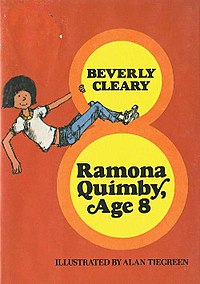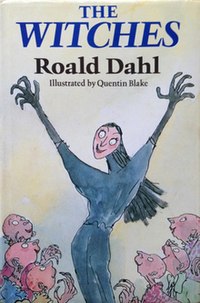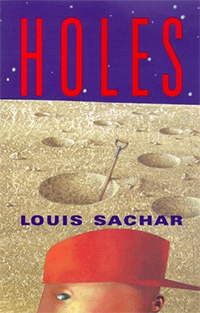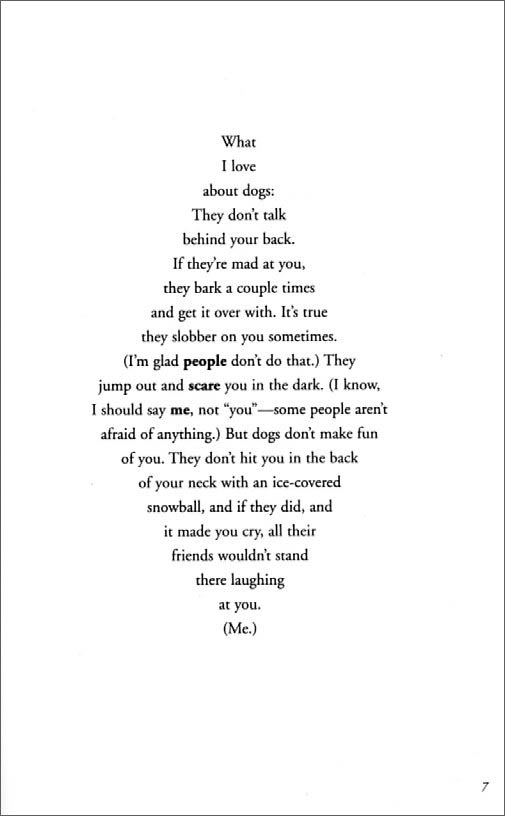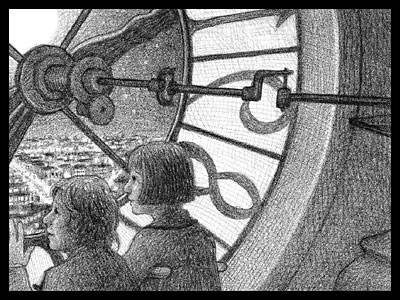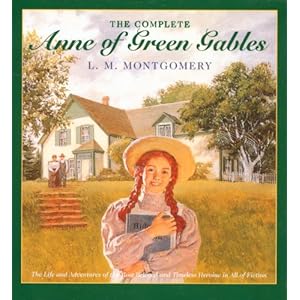Title: Avi. The True Confession of Charlotte Doyle. HarperCollins. 1990. 229 pages. Pb. $5.99. ISBN 978-0-380-72885-5
Genre: Fiction/Adventure/Historical Fiction
Reading Level/Interest Level: 5.3/ Grades 5-8
Awards: Newbery Honor Medal 1991
Similar Titles: 20,000 Leagues Under the Sea by Jules Verne, Bud, Not Buddy by Christopher Paul Curtis
As
the daughter of a wealthy businessman in the year 1832, 13 year old Charlotte
Doyle is educated, well behaved and schooled in proper behavior. When her
father is summoned from England back the Rhode Island, he decides she must
finish the school year at her English boarding school and follow the family
thereafter on the great ship, Seahawk.
When no sailor or dockhand will go near the ship,and the two families set to
sail with her fail to appear on the day before her departure, Charlotte begins
to surmise that something is amiss, but given her father’s specific
instructions and the determination of his hired man, Charlotte is delivered upon
the deck of the ship in the beginning of what is to become a journey that will
change her entire world and everything she has come to believe.
Unwittingly
having uncovered a mutiny, Charlotte believes she is behaving dutifully by
informing Captain Jaggery, whom she considers the only civilized person aboard.
Her revelation, and poor judgment of character, inadvertently causes the death
of two men, including the elderly black cook, Zachariah, who has become both a
protector and a friend, or so she thinks. In recompense, and in an attempt to show remorse and gain
the trust of the crew, Charlotte requests to become one of their ranks, working
tirelessly, constantly in danger, day in and day out, for a grueling and cruel
master who wants nothing more than to see her fail, or worse. Little does she
know of Captain Jaggery’s master plan, and what awaits her at home, if she ever
lives to see the shore again. Forever altered by her experiences, she will have
to choose between life and death, and decide which path to follow when the wind takes her.
In
the best tween adventure novel I have read to date, The True Confessions of Charlotte Doyle reads like a pirate tale
and relays the potential hardships and danger of seafaring transatlantic
crossings in a fantastic but also realistic, age appropriate, manner and shows the
remarkable determination and adaptability of individuals determined to fight
for preservation of spirit, body and what is right. Excellently written from
Charlotte’s point of view, the reader easily forgets that the narrator comes
from a privileged background after the first few chapters. Indeed, at times you’ll
forget that she is a girl at all. Instead, all that will be seen is a
determined child on the brink of adulthood, forced to challenge her
preconceptions at every turn, forging her own fate and deciding what is right,
and what is wrong, not in terms of society, class, or color, but in terms of
being a member of the human race.


